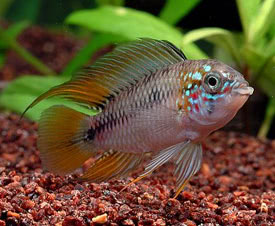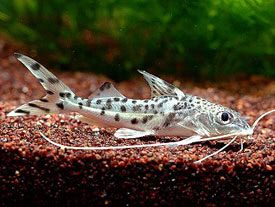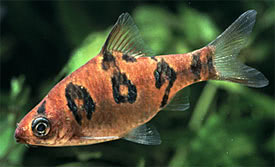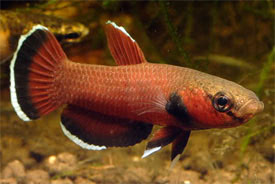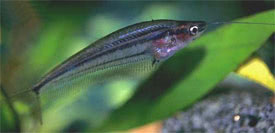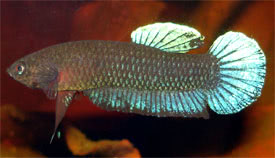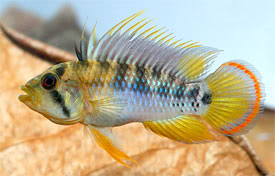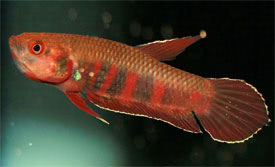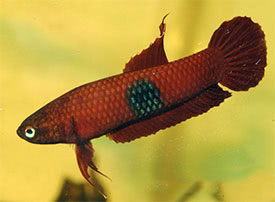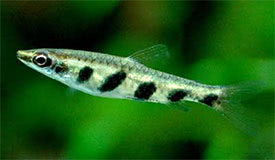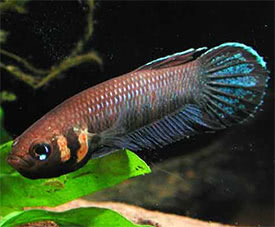
 Magyarul / Hungarian
Magyarul / Hungarian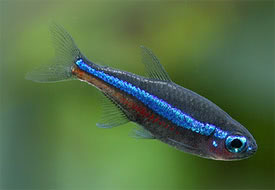

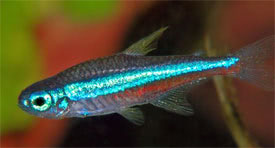

- Scientific name: Paracheirodon simulans
- Synonyms: Cheirodon simulans, Hyphessobrycon simulans
- Common name: False Neon Tetra, Green Neon Tetra
- Group: Characins
- Habitat: South America; Brazil, Colombia and Venezuela, in the upper Rio Orinoco and upper Rio Negro.
- Size: 2,5-3 cm
- Biotope: Found in slow-moving blackwater streams in the rainforest with sandy or muddy substrate. These waters are tea-colored because of the dried and decaying leaves on the substrate.
- Social behavior: A very peaceful schooling fish, but not an ideal choice for a community tank, because its small size, although it can be kept with other similar sized and peaceful fish in a community tank.
- Diet: Omnivorous; small live, frozen and flake foods, that can fit in its tiny mouth.
- Breeding: Hard.
- Tank: Minimum 40 litres
- Population: 6-8 fish for 50 litres
- Decoration: In a biotope setup use river sand substrate, and add some driftwood branches or roots. The tank can be decorated with dried oak or beech leaves, or the water can be filtered through peat. Use dim lighting. The fish can also be kept in a well maintained, densely planted tank.
- Temperature: 23-27 °C
- pH: 4-6.5
- Hardness: 0-8 NK°
- Lifespan: 3-5 years
Description: There are three species in the genus Paracheirodon: Cardinal Tetra (P. axelrodi), Neon Tetra (P. innesi) and the False Neon Tetra, but the latter can be easily distinguished by examining the blue stripe, because it extends right through to the base of the caudal fin on Paracheirodon simulans, while ends at the adipose fin on Paracheirodon innesi. By the help of the neon blue stripe they can shoal together with their conspecifics in dim blackwater conditions. This stripe contains reflective pigment cells, which fades to brown or grey at night, as the absence of light. This can be observed in the aquarium, as the stripe needs about 15 minutes to start reflecting light in the morning. In their natural habitat the waters are tea-brown colored because of the decaying organic material, and have a high humic acid content. The pH can be as low as 3 or 4 with hardness so low it can hardly be measured. In the rainforests where these rivers run only very little light reach the water surface. Most of the False Neon Tetras are wild caught and very delicate, so small weekly partial water changes are essential.
Females are a little larger with fuller body especially during spawning. For breeding a smaller tank would be enough with very soft and acidic water. Place some fine-leaved plants, such as Java moss to the aquarium where the fish can lay their eggs. The adults should be removed after they laid the eggs, because they will eat them. The eggs hatch in 24-36 hours and the fry become free-swimming after another 3-4 days. They can be fed with small live foods or infusoria-type foods. The eggs and fry are light sensitive and their tank should be kept in darkness.
















